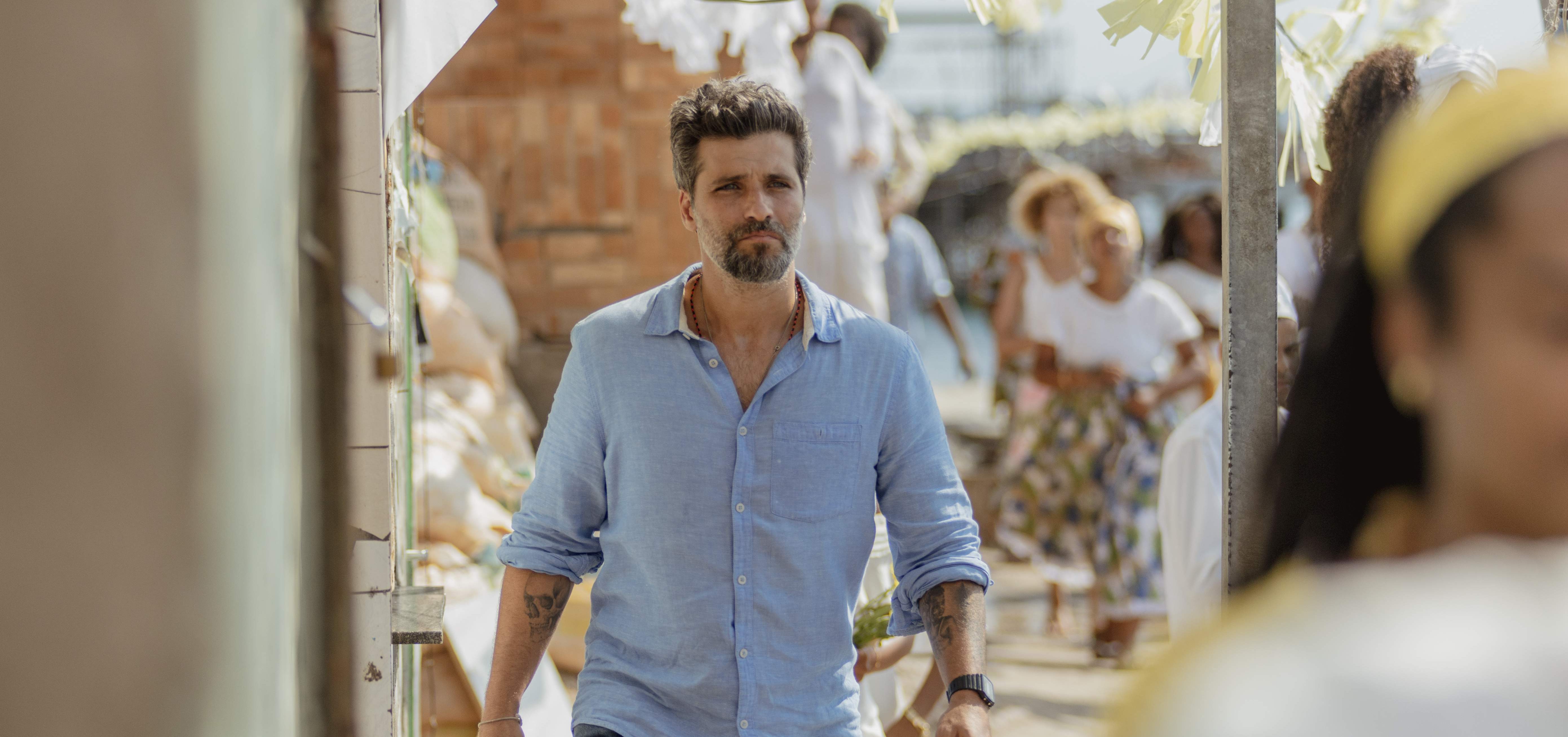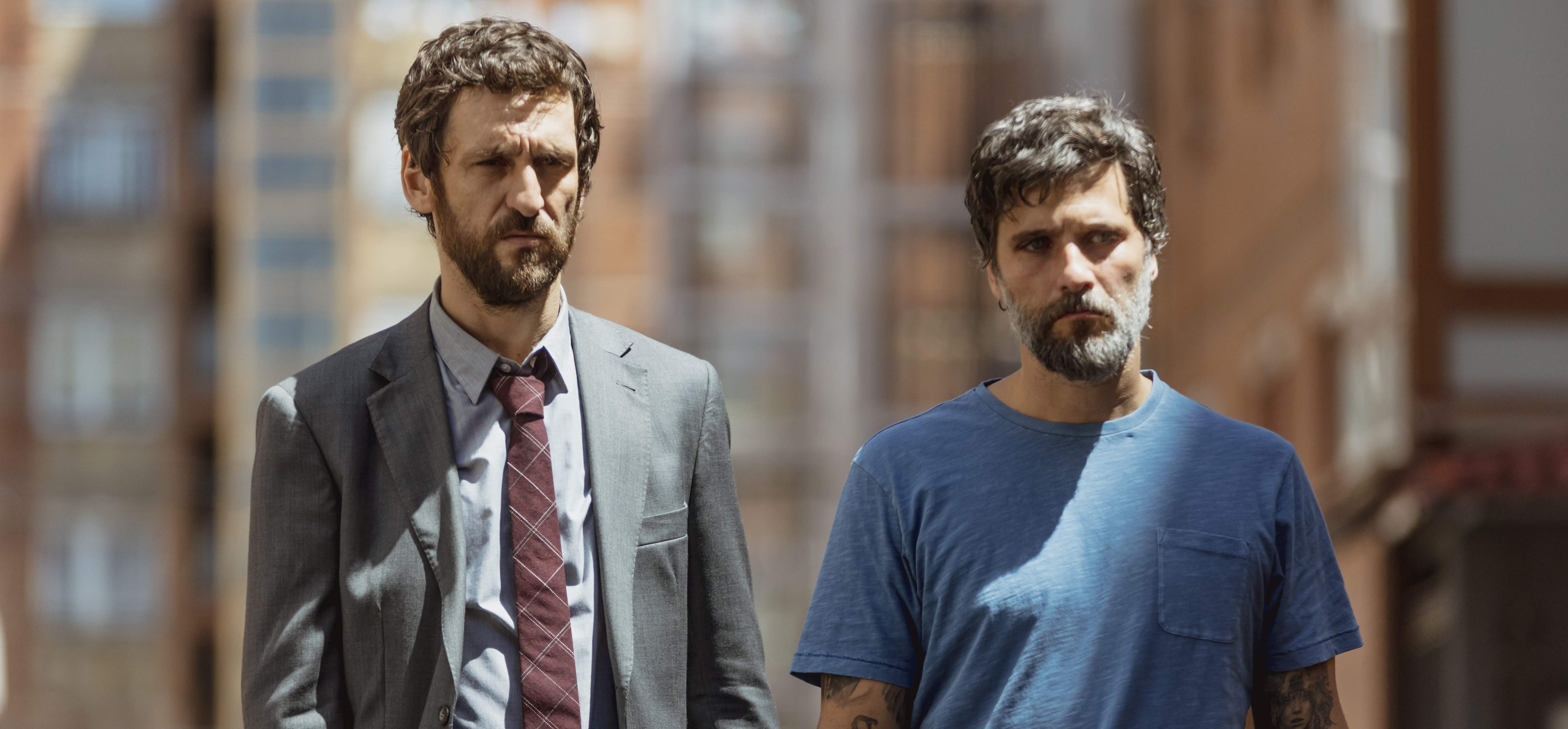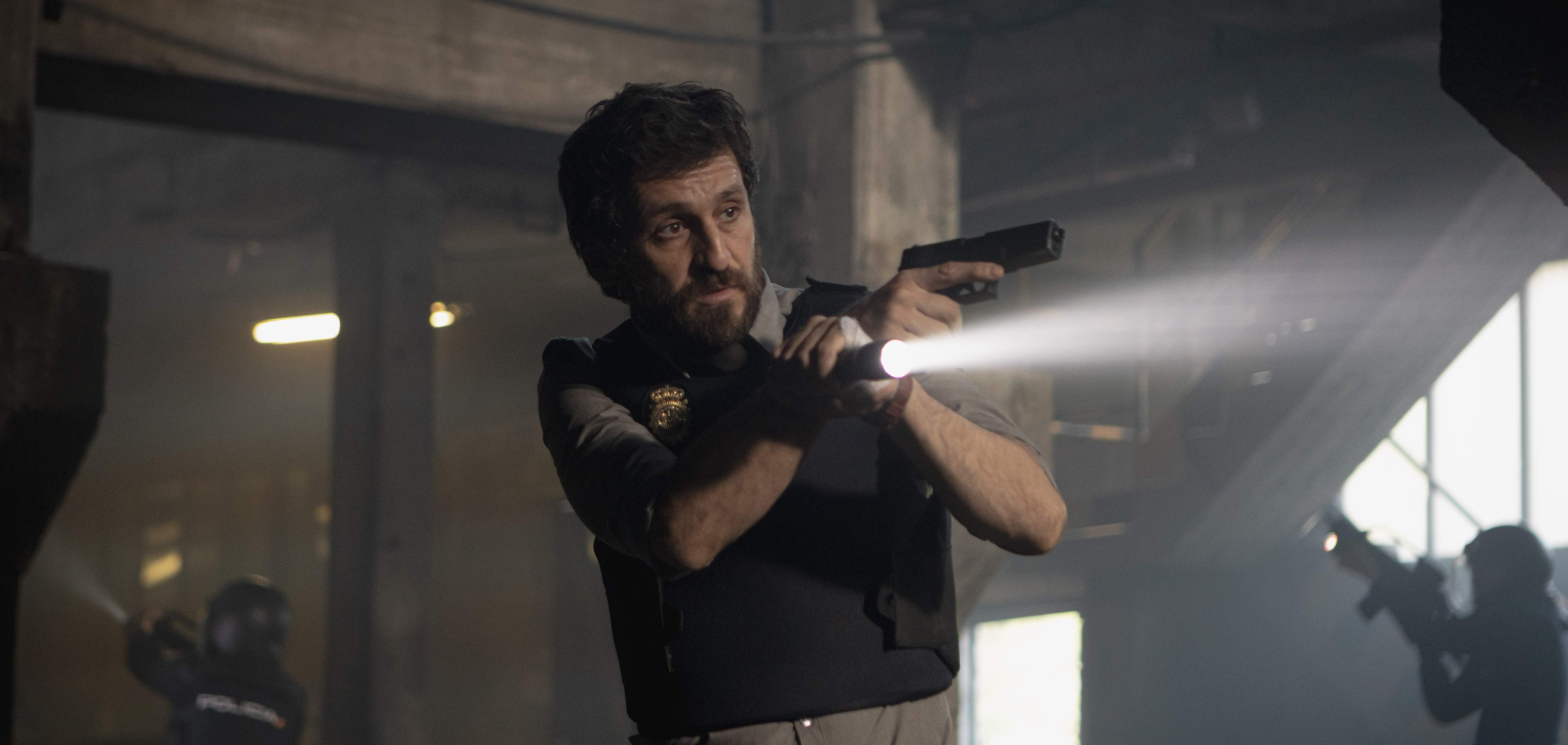Created by Carlos López, Netflix’s crime series ‘Santo’ revolves around the “invisible” titular drug lord, who creates havoc in Brazil through his narcotics operations and occult practices. When Santo ends up in Madrid, police officer Millán commences his efforts to find him. Ernesto Cardona, a Brazilian officer, who investigates Santo in Brazil ends up in Spain as well. The Spanish series progresses through Millán and Cardona’s attempts to unravel the mystery behind the enigmatic Santo and capture him. The gritty series not only succeeds in captivating us with its engrossing narrative but also makes us wonder whether Santo’s ambiguous existence is based on reality. Inspired by the same, we have found the answer. Let us share it!
Santo Based is an Original Work
No, ‘Santo’ is not based on a true story. Creator Carlos López originally conceived Santo and his mysterious existence and activities. However, López was inspired by reality to create the characters, their emotional foundations, and storylines, which makes them true-to-life beings. “I was fascinated thinking of a cop thriller that consists of cops going after evil and the notion that evil is something that we don’t really see, which is something that I think happens in life,” López told Variety about the foundation of the show. The exploration of evil, which is a significant part of the history of human existence, is the bridge between the show’s fiction and reality.

For López, ‘Santo’ explores the fear of the “invisible” as any human being starts their life by fearing the dark. As far as protagonists Millán and Cardona are concerned, the drug lord Santo embodies the darkness. His occult practices and supernatural activities make the two investigators delve deep into the darkness and overcome the fear of the same. “What made it [‘Santo’] very original was this new element, the occult, that Carlos brought into it. It’s actually complicated because it’s very personal. The truth is, the occult is inside of us,” Vicente Amorim, the director of the series, told Variety in the same interview. As Amorim mentioned, the series appears to be closer to reality since it addresses the occult that is inside of any human being.
The exploration of religious practices and culture is another way López’s show connects with reality. In an interview given in September 2022, the creator revealed that “soaking up” the intricate religious reality of Brazil had played an integral part in the creation of the show’s narrative. The collective experience of religion in Brazil can be seen in ‘Santo.’ The folklore of the Brazilian setting, the state of Bahia, also occupies a place in Cardona’s storyline. The presence and participation of a religious adviser in the preliminary writing and post-production processes of the show further helped the creator to place the fictional show in the reality of Bahia.

‘Santo’ also has its roots in history. Santo, the drug lord, writes “XWETANU” in blood wherever he conducts human sacrifices. The word refers to the annual customs of the Kingdom of Dahomey, located in present-day Benin in West Africa. It is believed that human sacrifices used to happen in the kingdom. As per sources, victims were decapitated in Dahomey, just like Santo does in the show. Through these references and connections with history, López’s show grows beyond its fictitious origins to become an intriguing blend of fiction, reality, and history.
Although ‘Santo’ revolves around a narcotic kingpin, the show is not a typical crime series that follows a drug lord. López, through Santo, examines the evilness that is present in human beings rather than depicting the life of another fictional or real criminal like several shows do.
Read More: Where is Netflix’s Santo Filmed?


You must be logged in to post a comment.